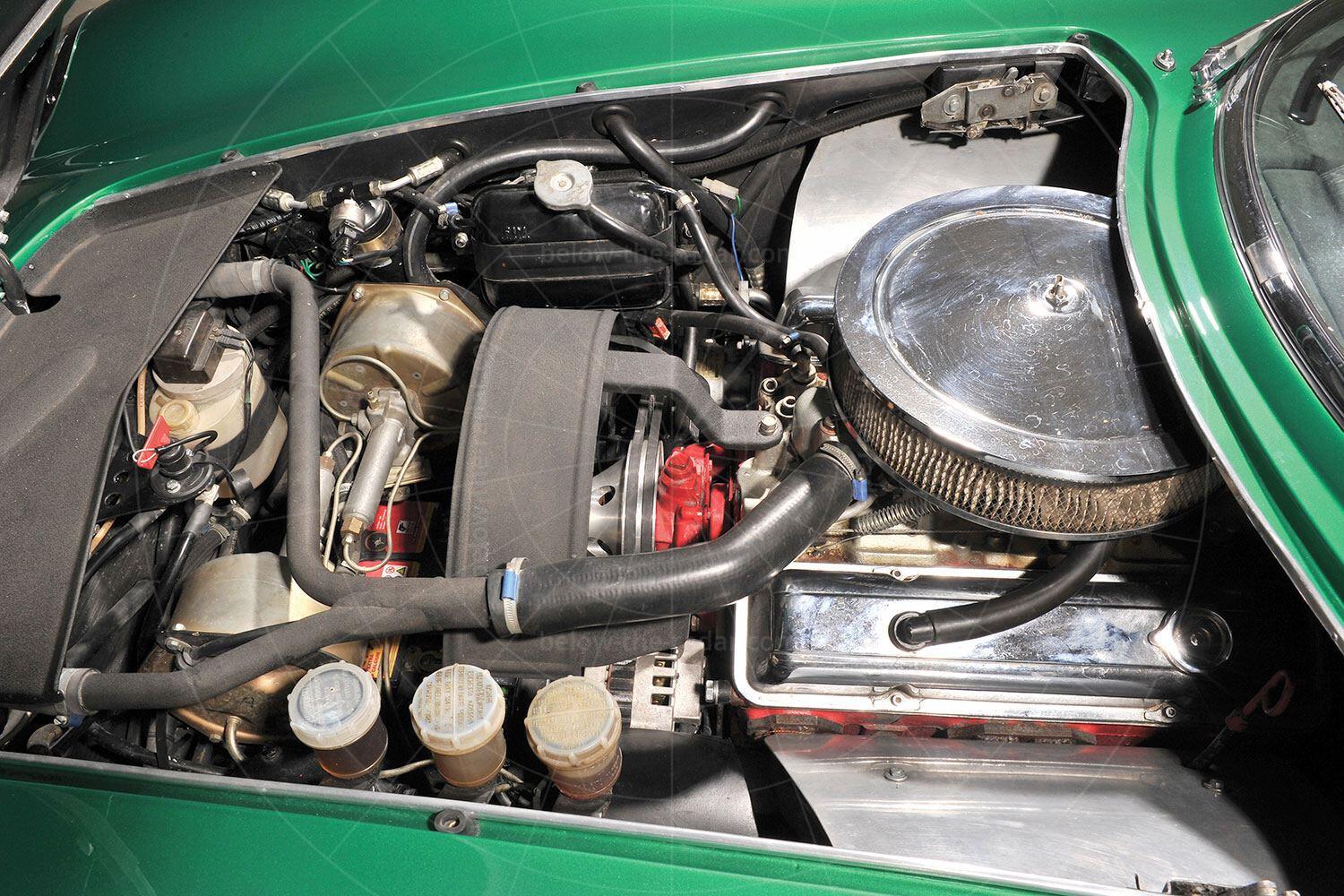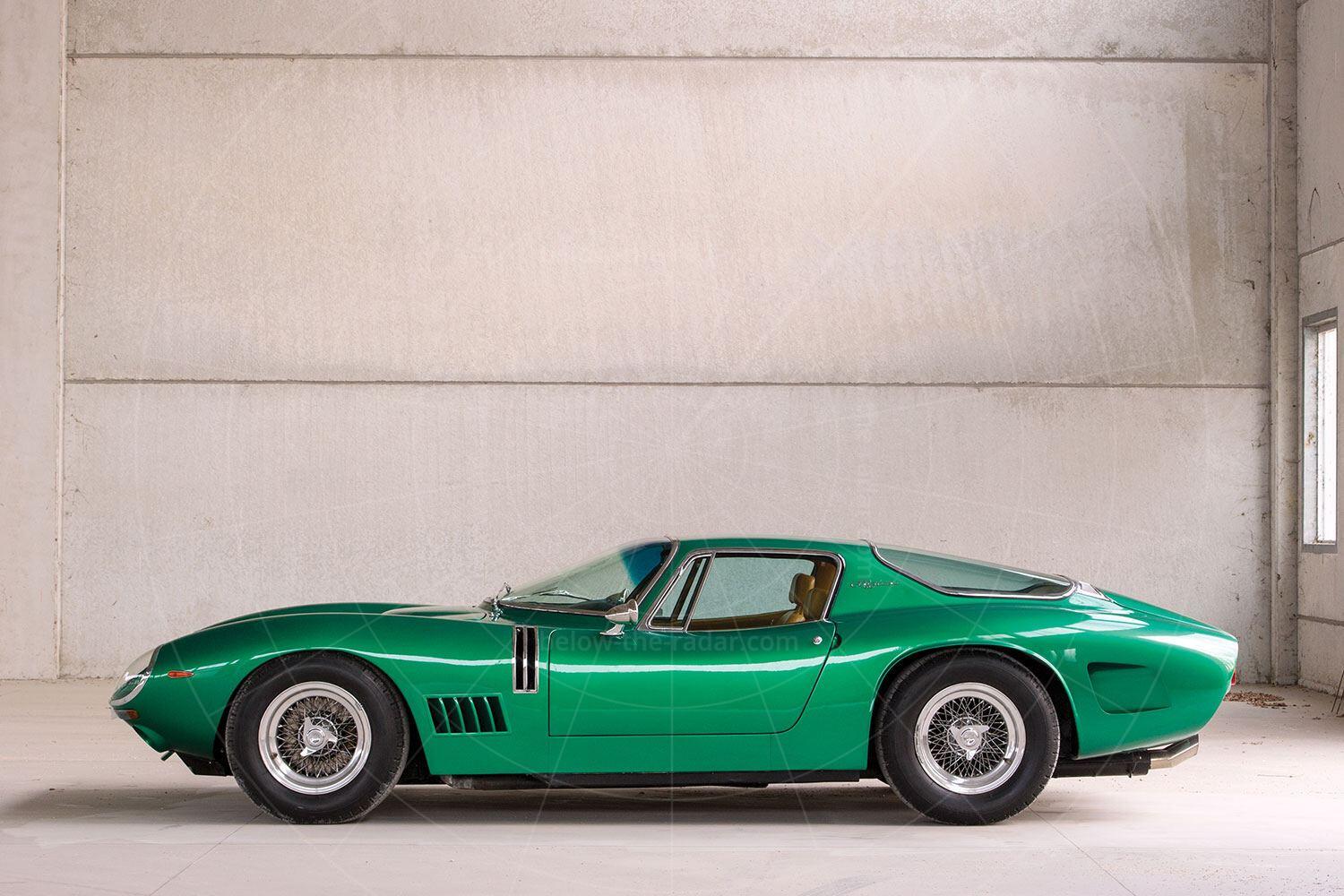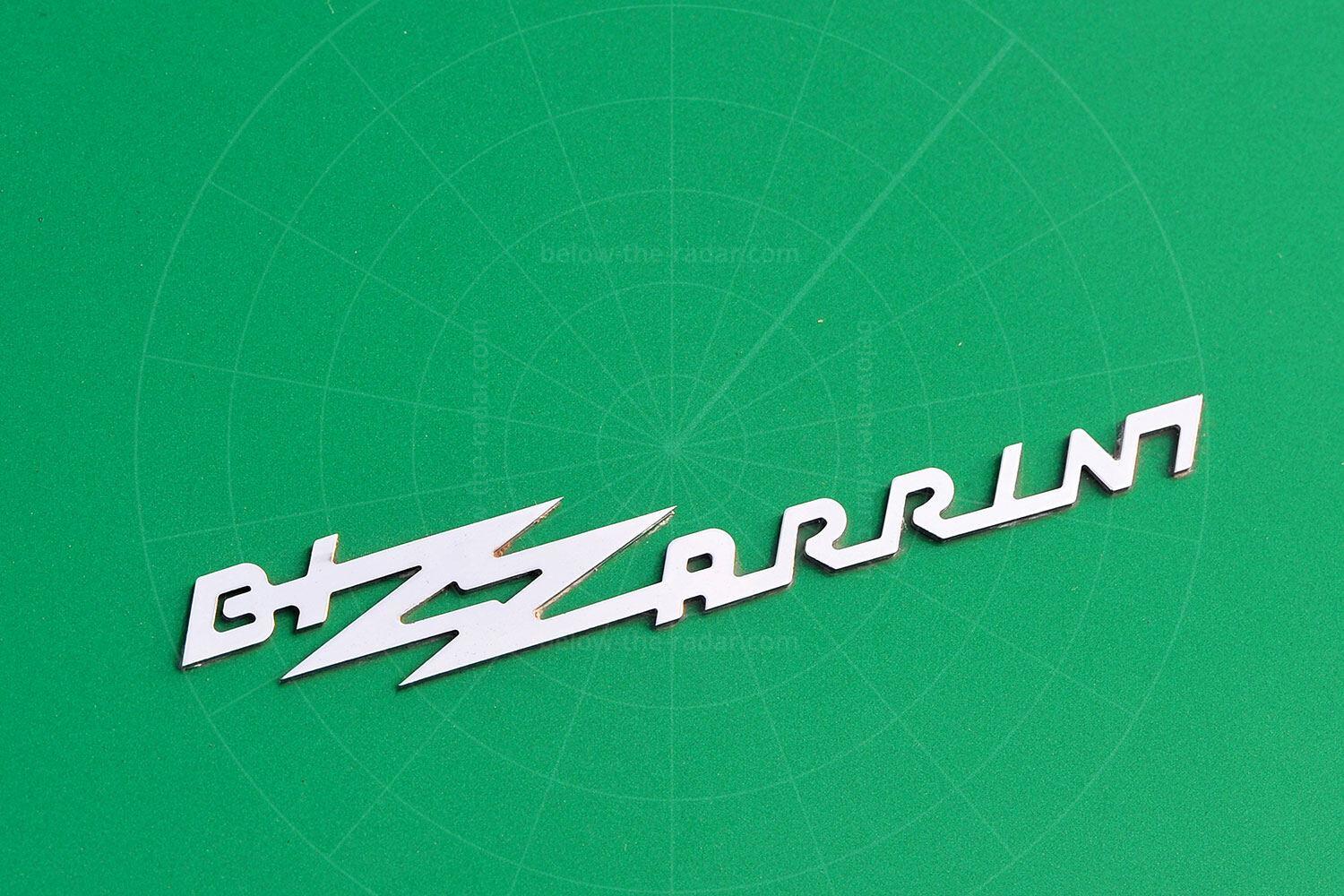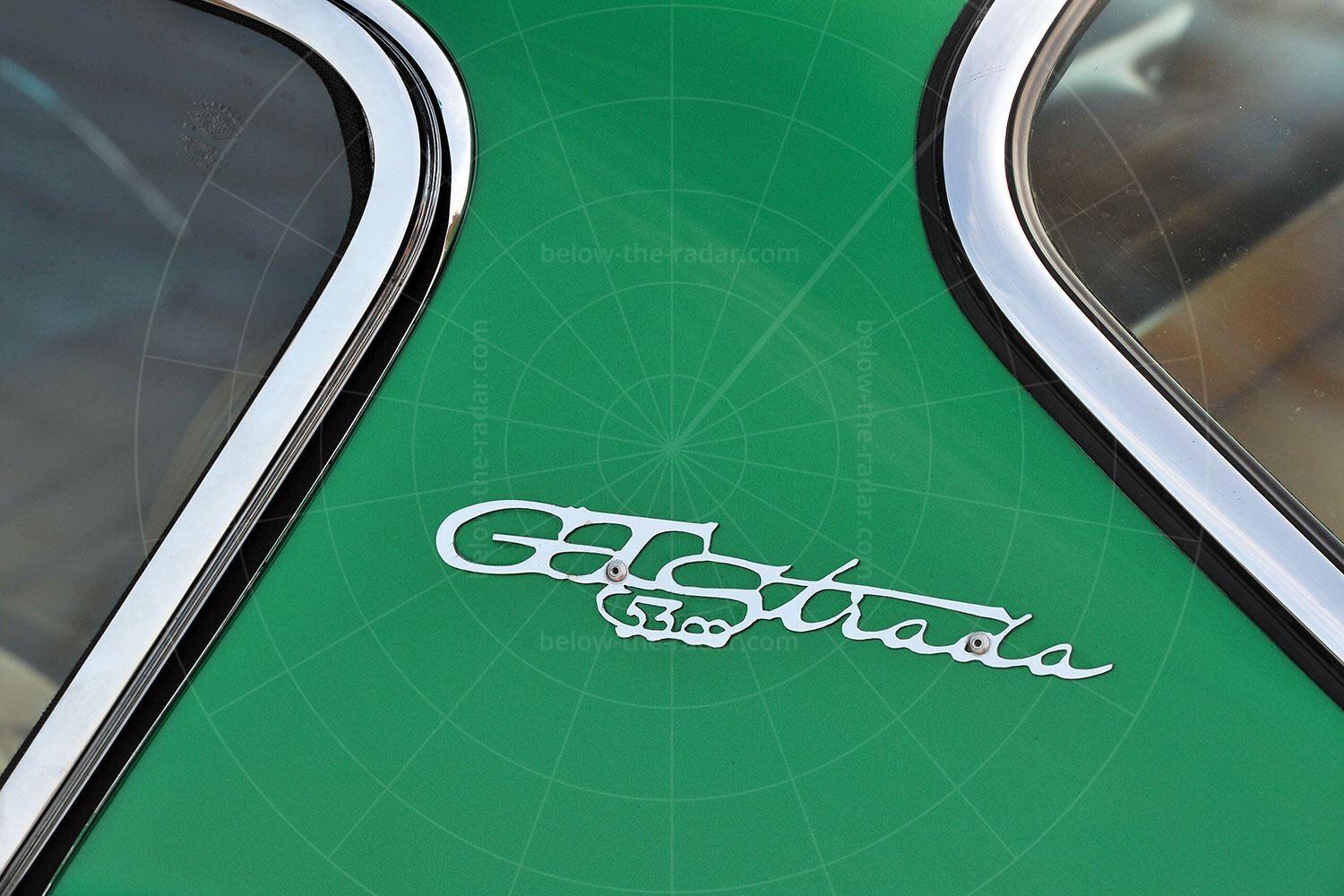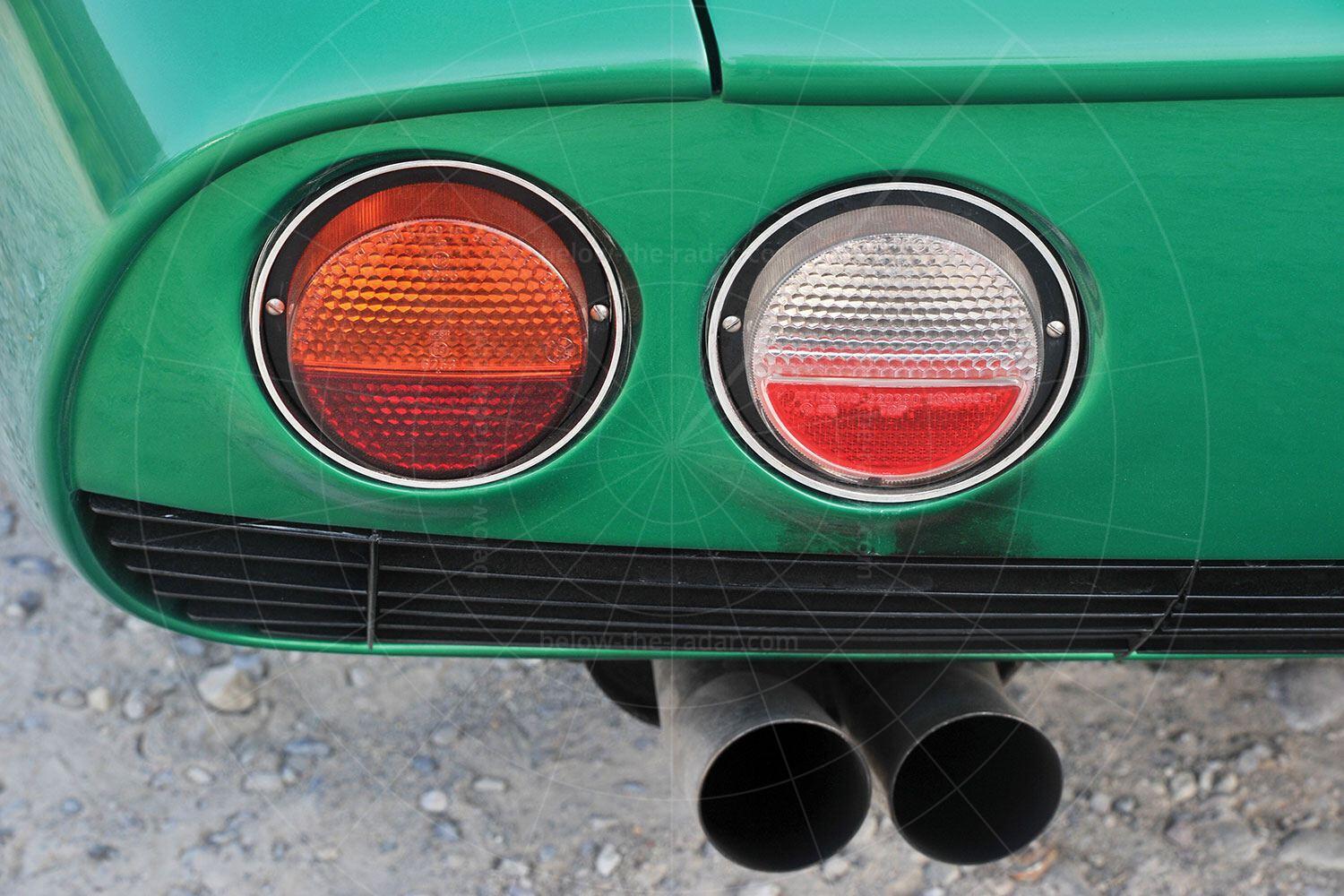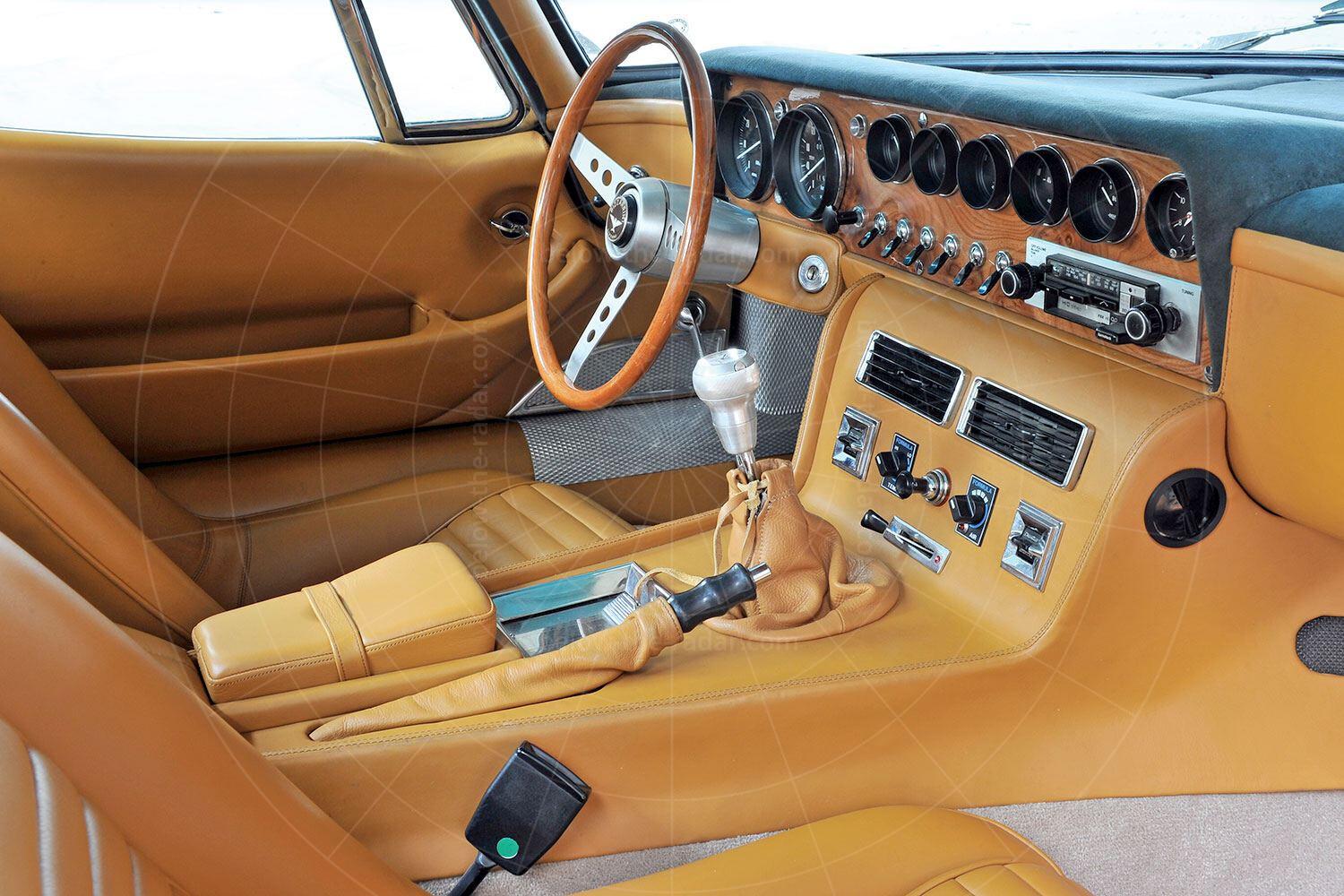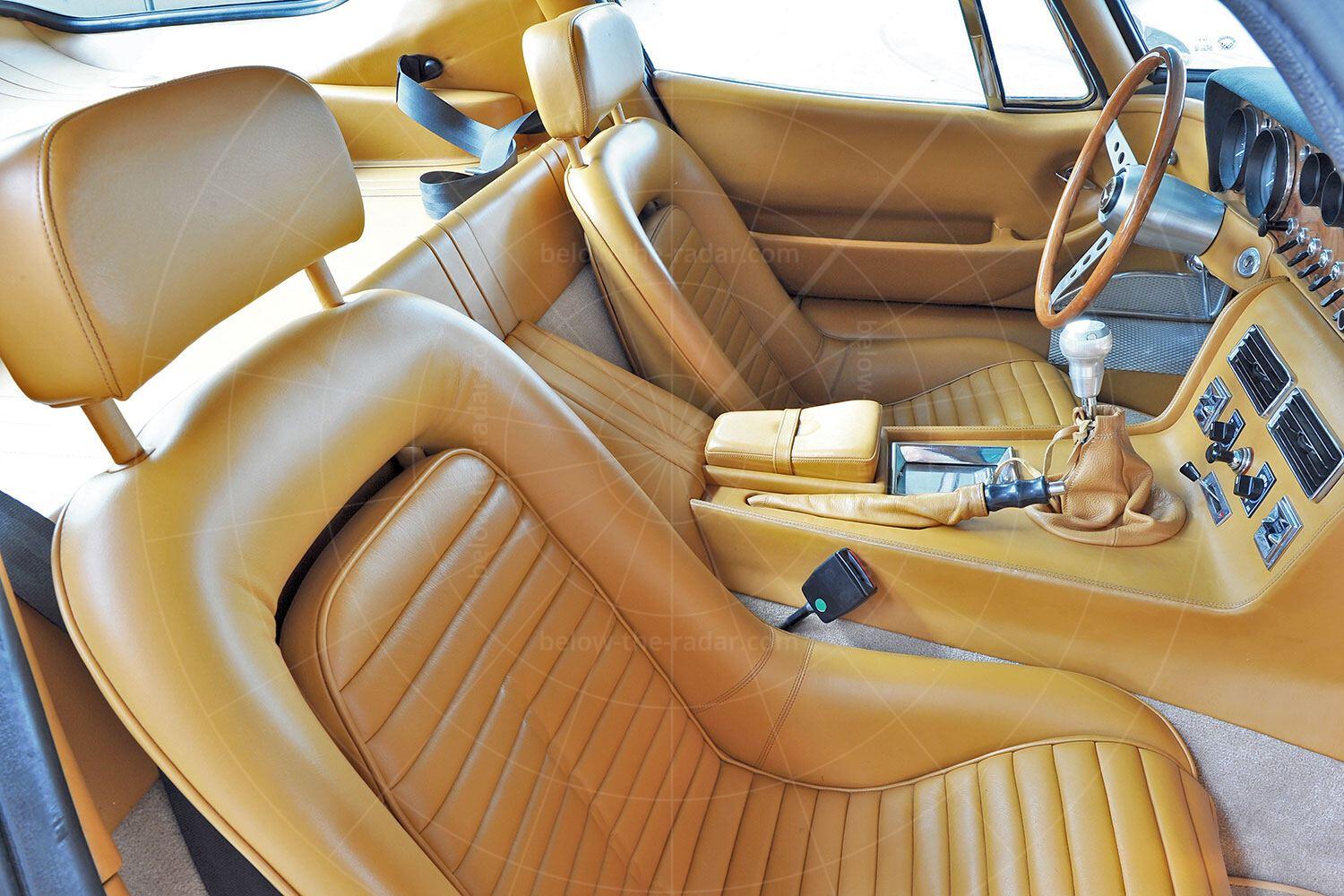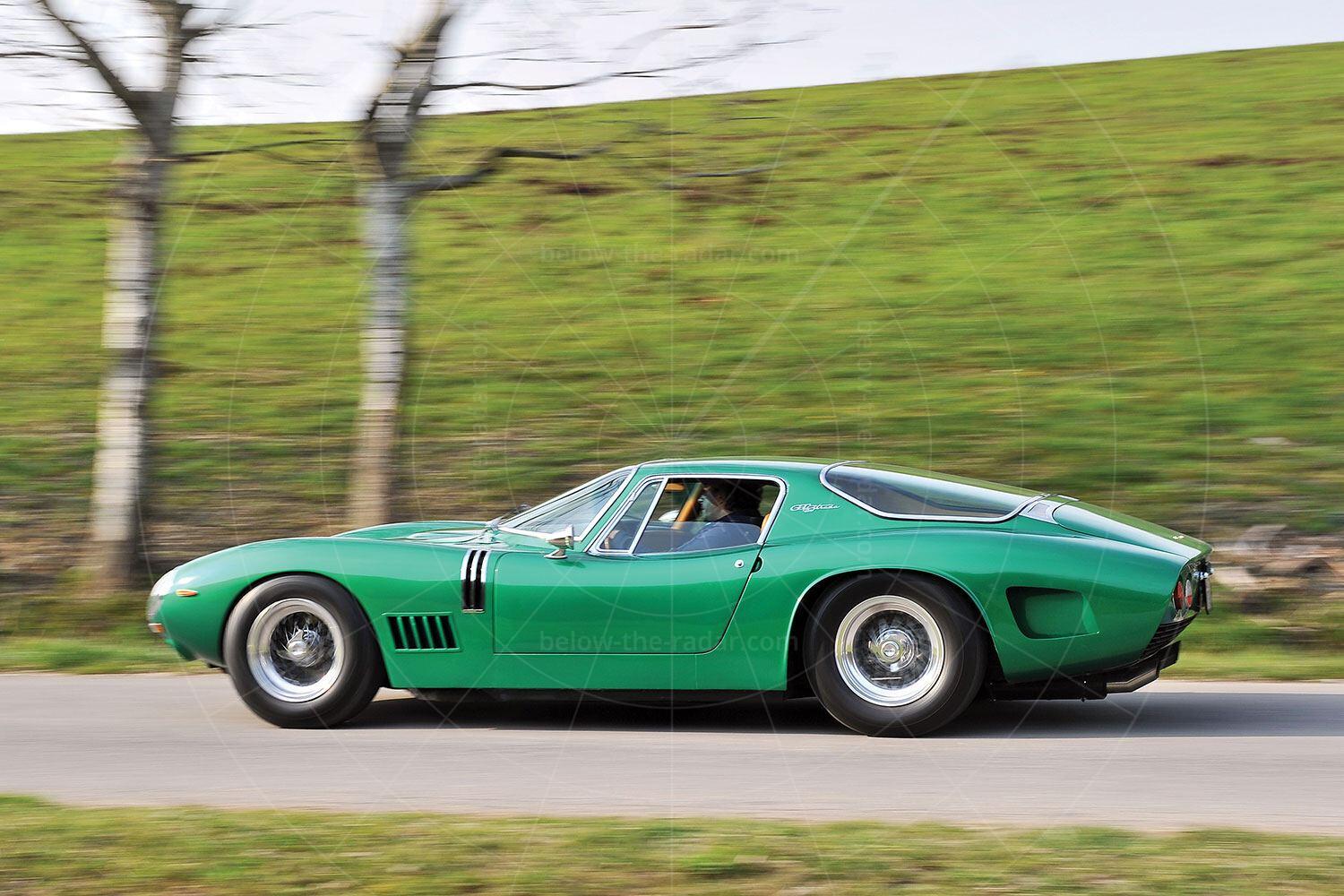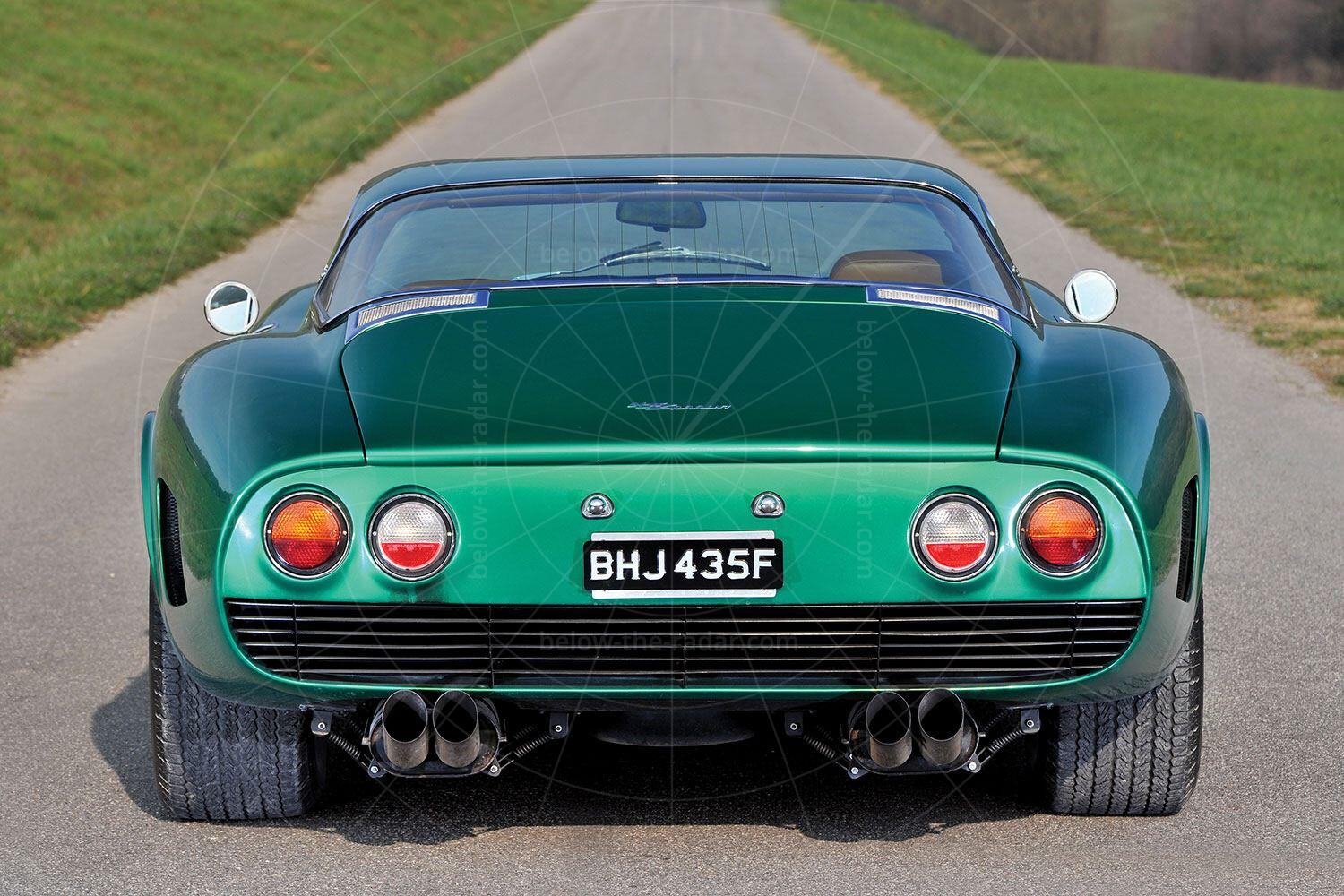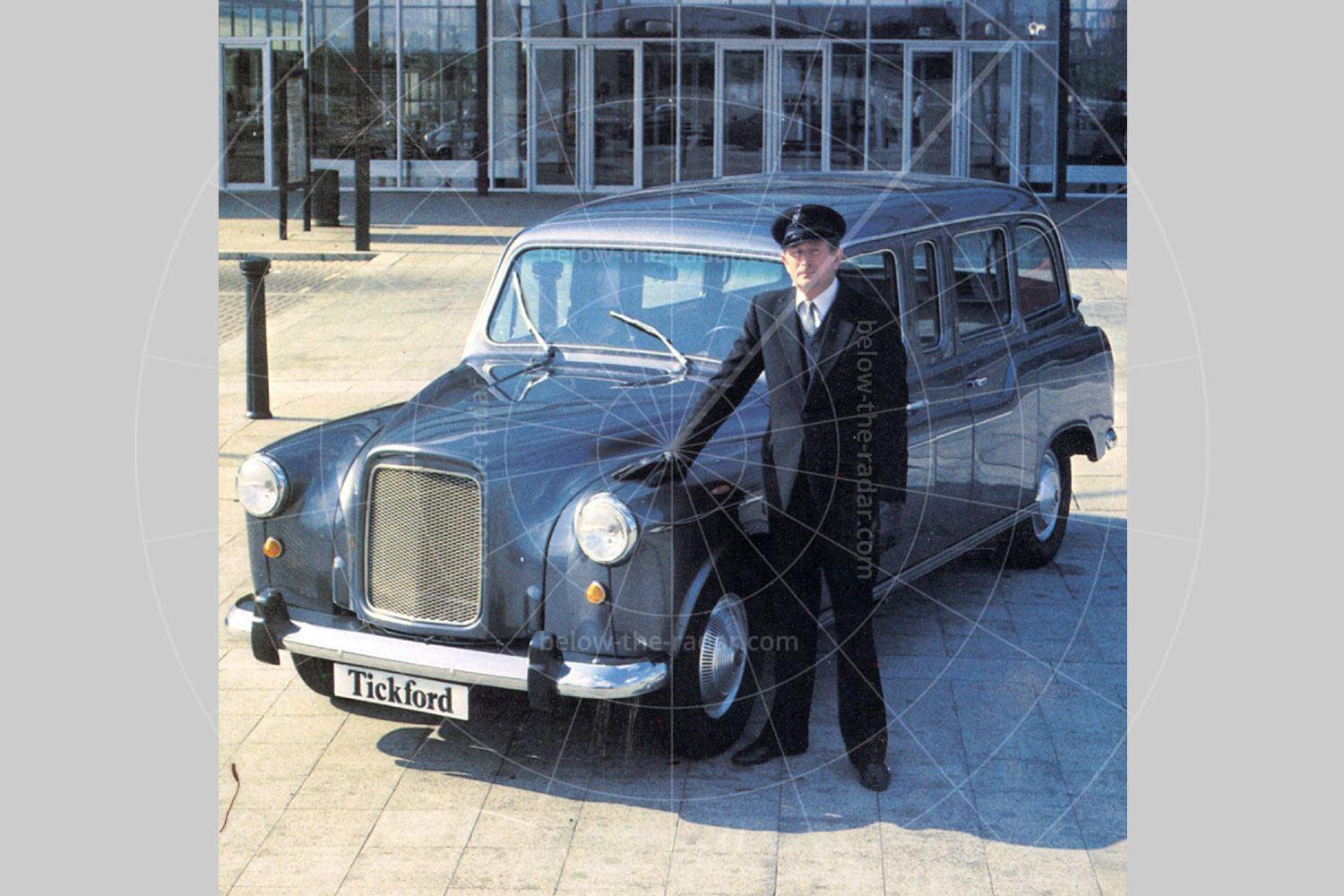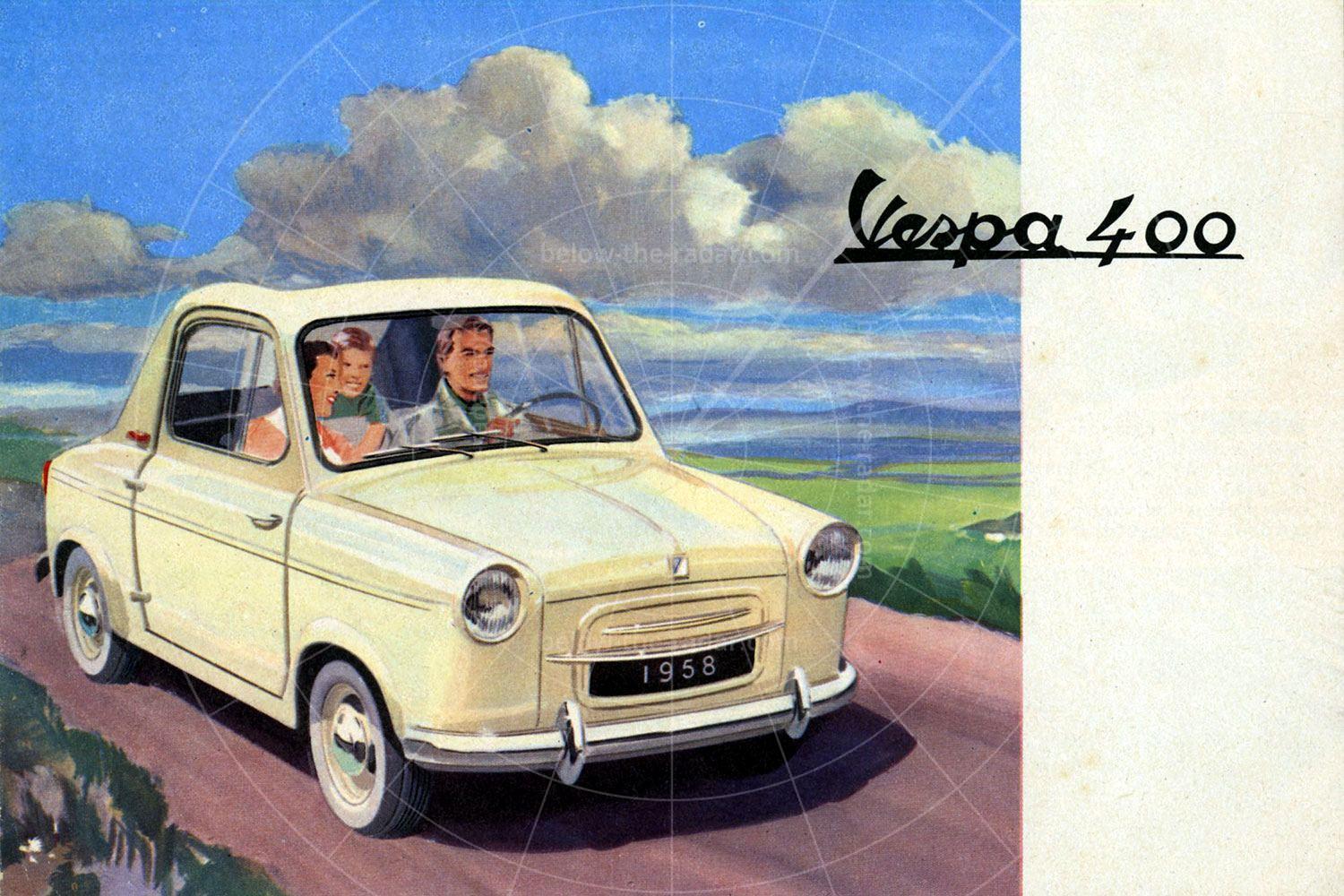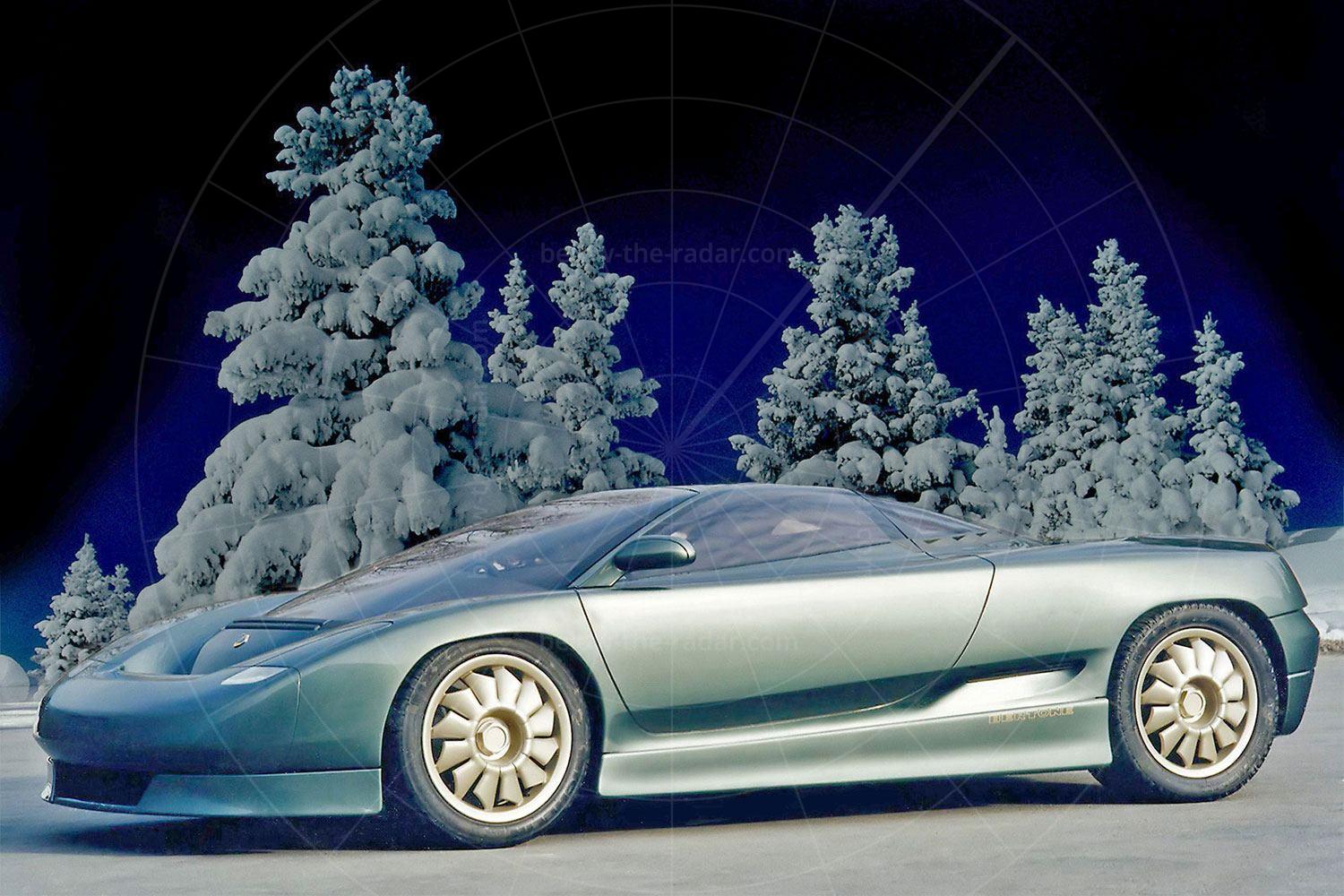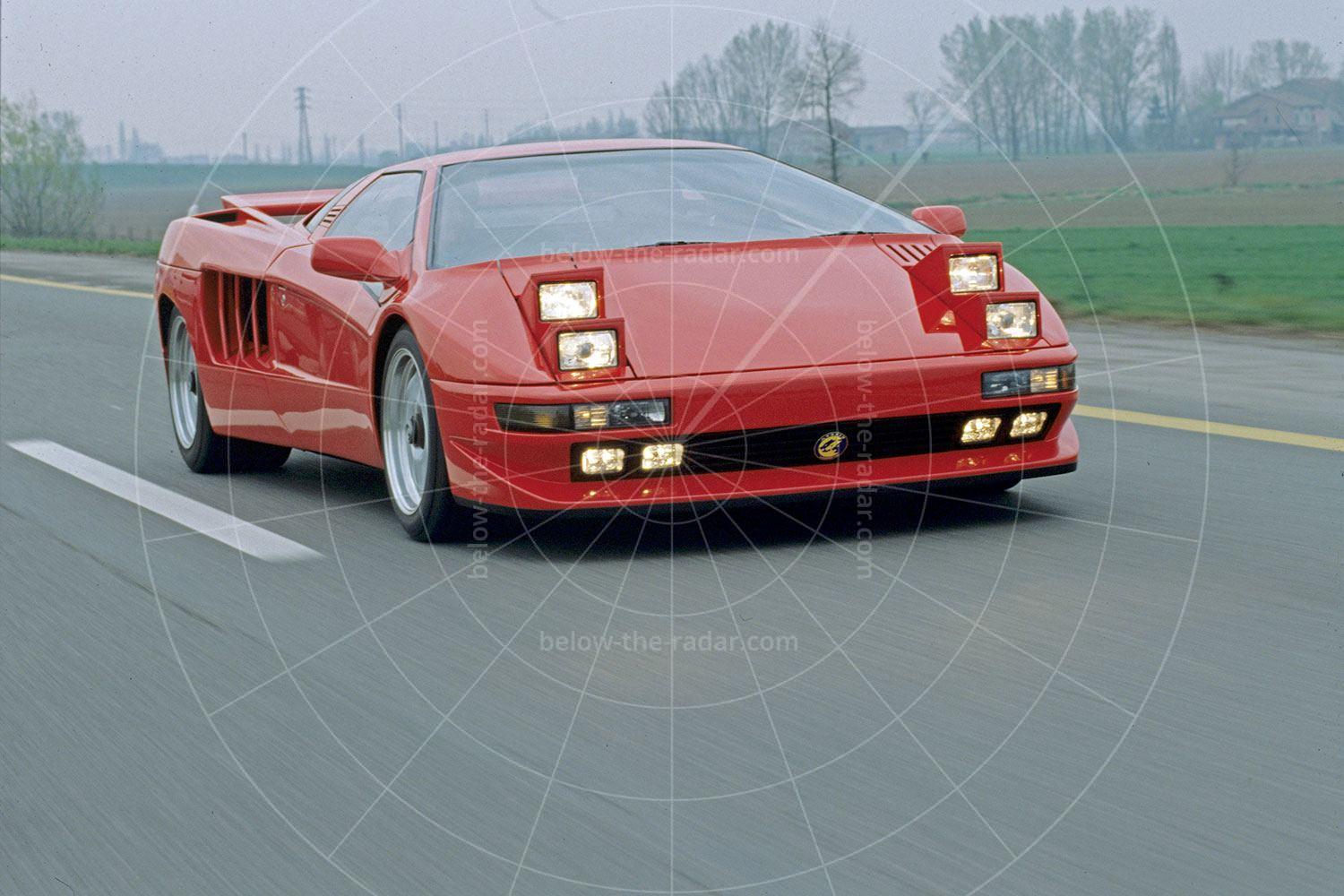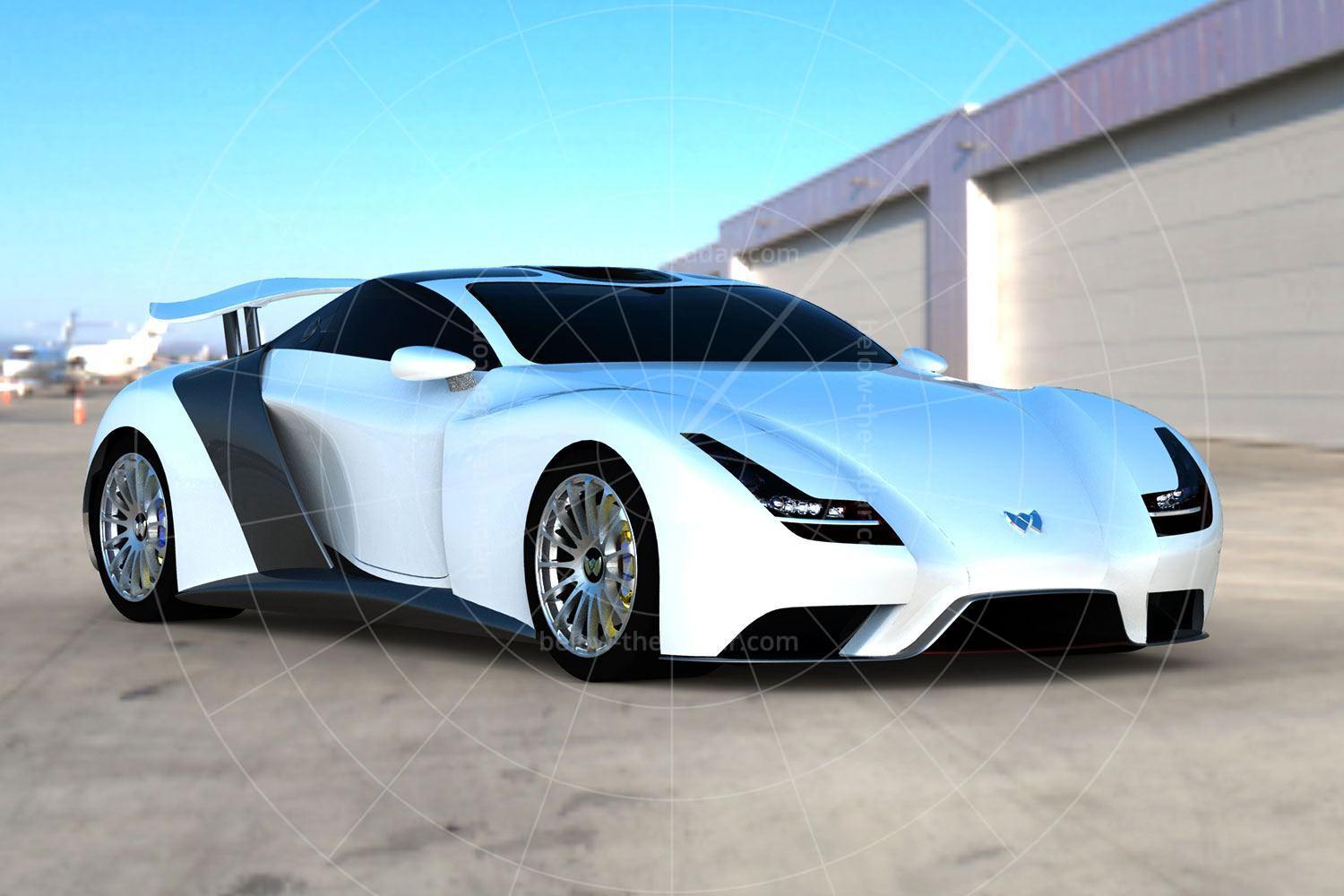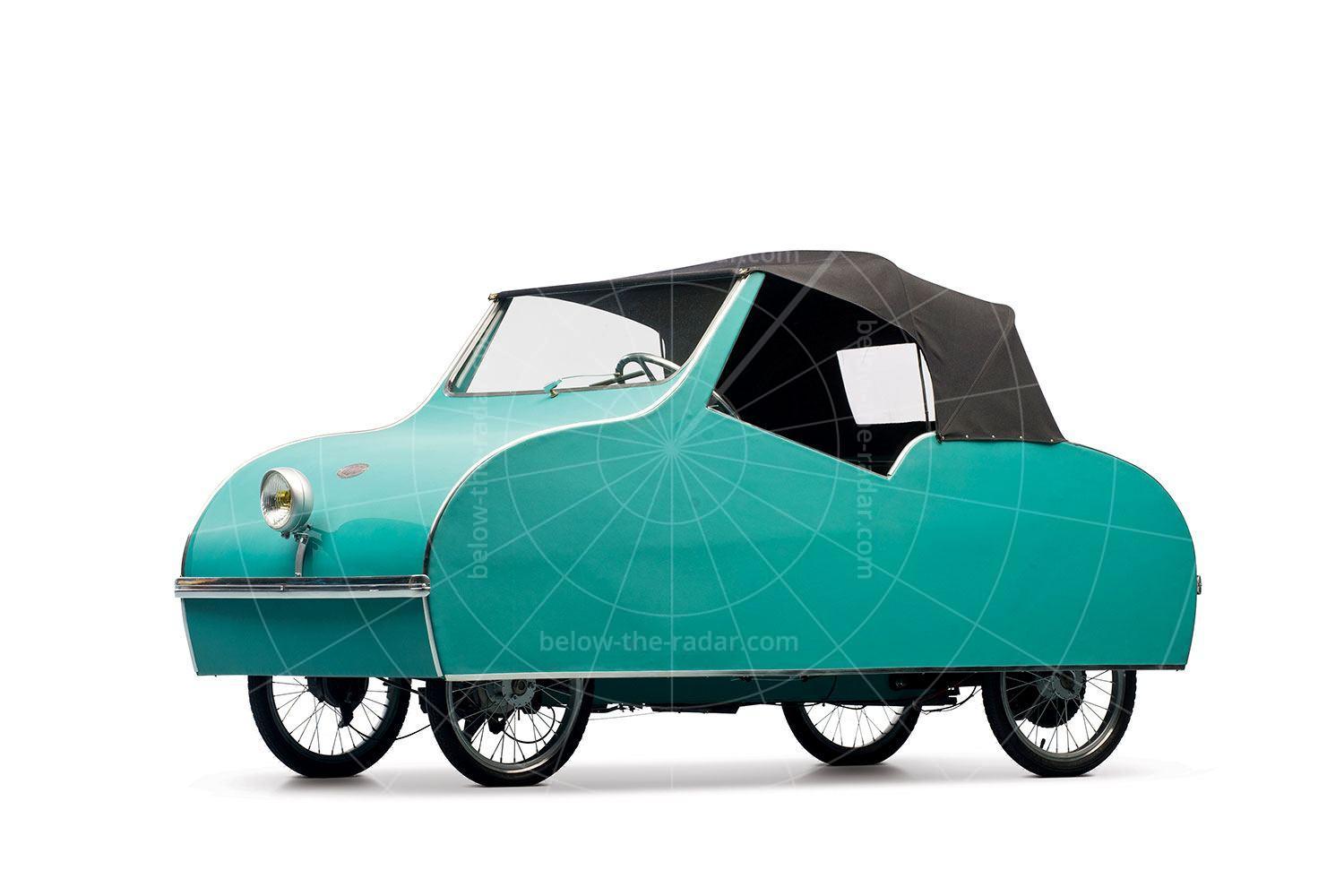With a CV as impressive as Giotto Bizzarrini’s, it’s hard to see how an attempt to produce his own supercar could fail. He’d been instrumental in the creation of Ferrari’s 250 GTO, he designed Lamborghini’s V12 engine and after falling out with Enzo Ferrari in 1961 he left the company to set up his own venture, the short-lived V8-powered ATS 2500GT.
Bizzarrini also developed the Iso Rivolta 2+2 GT (an evolution of the Gordon Keeble), which then morphed into the Giorgetto Giugiaro-designed Grifo that made its debut at the 1963 Turin Salon. There were two variations on the Grifo theme: the road-biased A3L (for Lusso, or luxury) and the A3C (for Corsa, or race), and it was the Grifo that was to prove the basis for Bizzarrini’s own supercar, the GT Strada.
Bizzarrini had first got involved with Iso when company head Renzo Rivolta asked him to help design and develop the marque's first car, the Rivolta. This was later rebodied as the Grifo, a far more exotic-looking machine, which was just how Bizzarrini liked things. Bizzarrini then started to race a competition version of the Grifo (most notably at the 1964 and 1965 Le Mans races), and it was this that led him to start building the car under his own name.
Bizzarrini really wanted to take his low-slung two-seater racing, but Renzo Rivolta was insistent that his company's focus should be on building road cars. The two fell out over it and in a smart move (which did little to help his relationship with Iso), Bizzarrini registered the Grifo name so that Iso could no longer use it. A deal was consequently done to sell the name back to Iso in return for enough parts for Bizzarrini to build 50 road cars with his own name on them. Why Iso didn’t just come up with a new name for its sportscar isn’t recorded, but it would have been the obvious thing to do!
Although there are quite a few visual similarities between the Iso Grifo and the Bizzarrini GT Strada, the bodyshell was completely redesigned when the former morphed into the latter. Also, while the Iso featured steel panelling the Bizzarrini’s bodyshell was made of lightweight alloy. This not only helped to improve the power-to-weight ratio, but it was also better suited to the tiny production numbers involved; typically just two or three cars would be produced each month.
To get the project going Bizzarrini rented a factory in Turin. He hired a team to build the chassis for him, but once constructed it was clear that the frame used wasn't strong enough to cope with the level of torque that the Corvette 5.4-litre V8 was producing. After some hasty re-engineering the car was offered for sale in 1965. The suspension was by coil springs all round with wishbones at the front and a de Dion rear axle, while there were disc brakes front and rear. The Corvette’s four-speed manual gearbox was fitted, along with a limited-slip diff.
The idea of the GT Strada was that it was built on a bespoke basis, so the engine could be tuned to suit the buyer; it was also possible to choose the rear axle ratio. In standard road-going form there was 365bhp on tap and 344lb ft of torque, which was enough to catapult the GT Strada from a standing start to 60mph in just over six seconds, with a whisker over 170mph available at the top end.
By 1966 Bizzarrini was ready to start selling his cars in America. A deal was done with US importer John Fitch, and while the cars were essentially the same mechanically, the bodyshells were made of glassfibre instead of the previous alloy. The other significant difference between the European and American models was the fitment of independent rear suspension for US cars in place of the de Dion set-up seen elsewhere.
In 1967 Bizzarrini had a brush with bankruptcy, but was baled out by a group of ‘investors’. The problem was that they didn’t invest anything; they merely took even more money out of the company. Unfortunately this was cash that the company didn’t have, so it was only a matter of time before everything went belly up. That finally happened in 1969, after a claimed 139 GTs had been built, although the real number is probably significantly lower than this.
However, that’s not the end of the Bizzarrini story. The marque was revived in 1990, with the BZ 2001GT. Based on the Ferrari Testarossa the car was developed in conjunction with US property developer Barry Watkins, but it proved stillborn after the car was universally shunned.
| Vital statistics | |
|---|---|
| Produced | 1965-1969, Italy |
| Number built | 139 (claimed) |
| Engine | Front-engined, 5358cc, V8 |
| Transmission | 4-speed manual, rear-wheel drive |
| Power | 365bhp at 6000rpm |
| Torque | 344lb ft at 4000rpm |
| Top speed | 171mph |
| 0-60mph | 6.4 seconds |
- Many thanks to RM Sotheby's for the use of its pictures to illustrate this article



